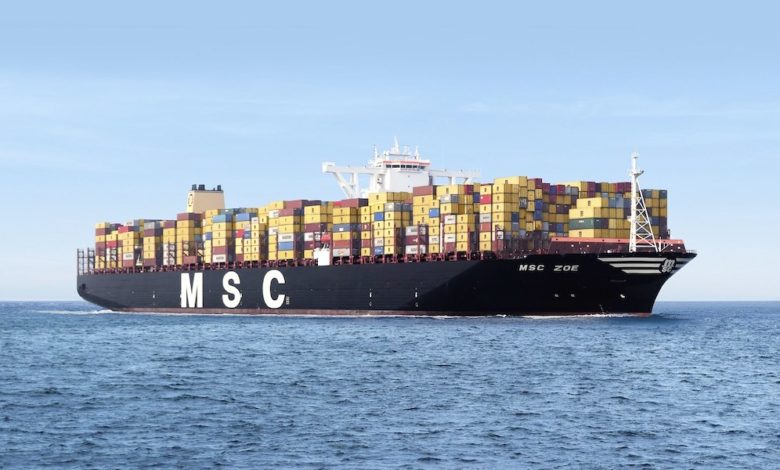MSC moves to reduce risk of container loss

Mediterranean Shipping Company (MSC) has signed a contract with Norwegian classification society DNV to implement the new Anti-Roll Assist system and ARCS (Anti-Roll for Containerships) class notation on about 100 ships.
The deal, signed at SMM, the world’s largest shipping exhibition held in Hamburg, will see the Swiss-headquartered liner giant become the first company to install the application and the first in the world to implement a ship-specific tool to avoid container losses due to parametric or synchronous rolling.
The Washington-based liner lobby group, the World Shipping Council (WSC), initiated a three-year study in June this year after its report covering 2020-2021 showed a spike in containers lost at sea, with the average loss for the two-year period of 3,113 compared to 779 in the previous period.
DNV’s new Anti-Roll Assist is said to help vessel captains recognise and avoid the risk of parametric and synchronous resonant rolling. By using a ship-specific hydrodynamic database, the system can provide a risk picture for the vessel based on its heading, speed, loading condition, and environmental conditions.
The contract covers dozens of MSC newbuildings, ships in operation, and vessels to be constructed, ranging in size from 1,800 teu to the largest vessels at some 24,000 teu.
“We are always looking for new solutions to minimise risk and the new Anti-Roll Assist gives MSC a new tool that can empower our people both onboard and onshore. By implementing the new application on our vessels captains and crew can both plan ahead and react in the moment when a potentially critical situation is identified – enhancing our safety culture. Implementing this into our current newbuildings is a natural first step,” said Giuseppe Gargiulo, head of newbuildings at MSC.
Anti-Roll Assist can stand alone or be integrated into other onboard systems, such as lashing computers, weather routing tools, or navigation systems. This is supported by the ARCS class notation which enables shipowners to demonstrate to their customers that a strategy to minimise the risk of container loss is in place. Owners can meet the requirements of the ARCS class notation by implementing a software solution that meets designated functional, technical and performance requirements, particularly a stringent hydrodynamic approach to calculating the risk.

How nice ?
Do they also plan to fulfill lashing plan calculated on a real load basis ?
The answer is no because they are comfortable with the idea- GARBAGE IN = GARBAGE OUT.